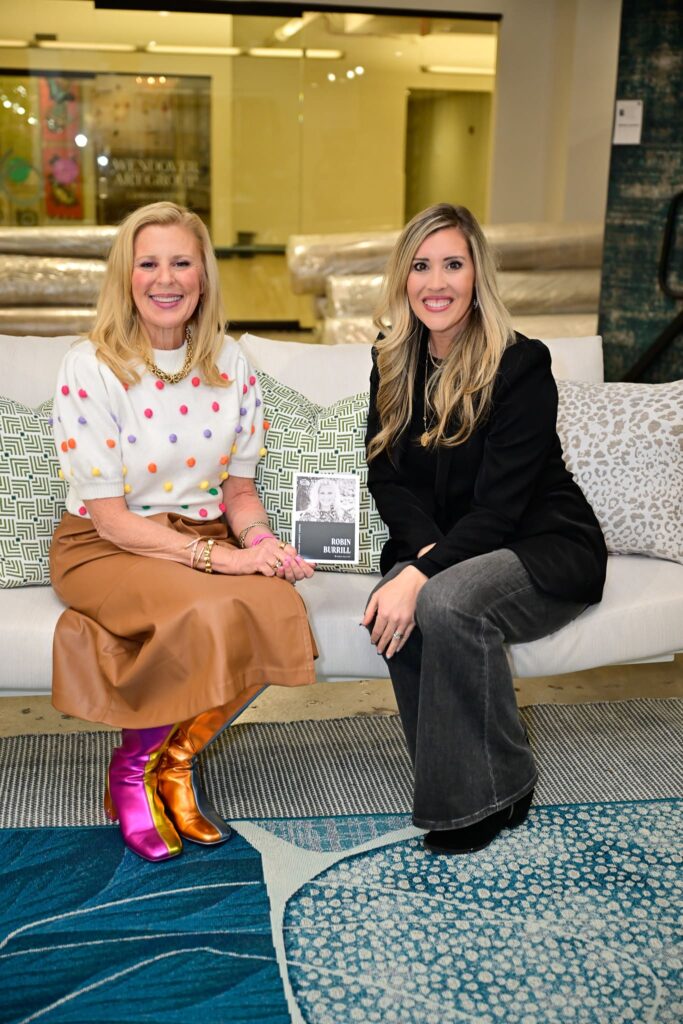Need a “refresh” in a room?
A fresh coat of paint can go a long way…but in some cases, a rug can go even further. Rugs ground a space (literally and emotionally). Without them, certain rooms will feel incomplete or visibly cold.
Selecting a rug isn’t as easy as choosing a color or pattern, though. In fact, most of the time, rugs are selected based on these superficial factors, then clients come to us wondering why their spaces don’t “feel” right, or whether it was worth it when a rug doesn’t live up to their expectations.
Keep reading if you want to see every essential rug selection factor broken down…
If you’re more into visual learning, check out this playlist of videos from inside the Feizy Rugs Showroom!!
Level of Foot Traffic
The durability of a rug starts with thinking about how much foot traffic it will see. High-traffic areas like entryways, hallways, or indoor-outdoor transitions demand resilient materials and construction. In a formal sitting room, on the other hand? Not so much.
The more traffic a rug sees, the more critical its fiber type, weave, and pattern become.
Here’s what to consider when selecting a rug for foot traffic:
- Entryways need high-durability fibers and darker patterns to conceal dirt.
- Formal living rooms can handle the more delicate or decorative rugs.
- Outdoor rugs MUST be weighted and weather-resistant.
- Indoor-outdoor transition spaces benefit from washable or low-pile rugs.
Curious about weighted rugs? Why not watch the video on weighted rugs and throw pillows by Wugs and Willows that I featured as a Style Eyes trendsetter at Dallas Market!!
Purpose of a Room
Not all rooms need rugs for the same reasons, obviously! A family room rug provides warmth and cohesion. A bedroom rug, on the other hand, brings comfort underfoot. A dining room rug has to accommodate movement and breadcrumbs!!
The purpose of the space should define the function the rug serves.
Below are function-driven considerations for each room type:
- Family rooms require cozy, soft textures that invite lounging.
- Bedrooms benefit from plushness and warmth.
- Dining areas need flatweaves or low piles for easy chair movement.
- Mudrooms or drop zones call for easy-clean, rugged options.
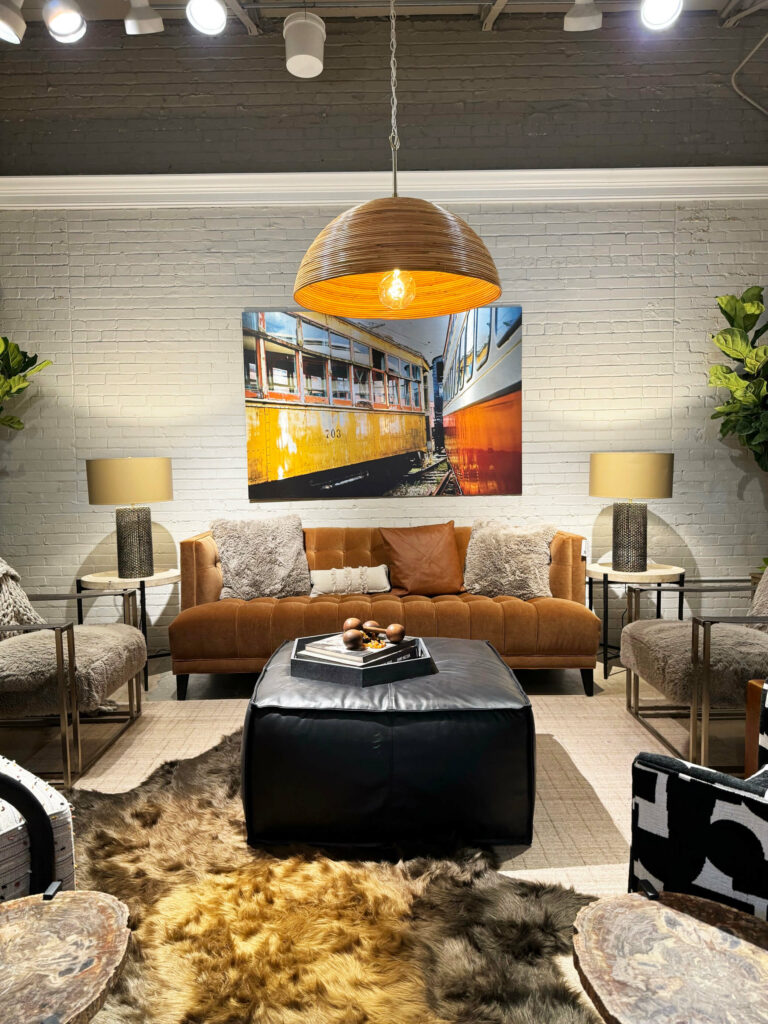
Placement Within a Room
Put simply: where the rug is placed dictates how the eye reads the room.
These placement strategies will help you get it right:
- Anchor seating areas with rugs that extend beyond furniture edges.
- Use rugs at the foot of the bed for grounding and softness.
- Place entry rugs as a functional AND visual welcome.
Placement of Other Furniture Relative to a Rug
The relationship between rugs and furniture impacts flow and balance, too. A rug that feels small or randomly placed can disjoint a space in a way you will NOT be happy about.
Here are some furniture placement principles to follow:
- The front legs of sofas and chairs should sit on the rug.
- Dining tables should have chairs fully on the rug, even when pulled out.
- In bedrooms, at least the lower two-thirds of the bed should sit on the rug.
Layering Potential
Layering rugs can add depth, texture, or color while solving functional or aesthetic challenges. In today’s design climate—hello, MAXIMALISM!!—it’s an opportunity to make your space feel custom and confident.
Consider these layering ideas to do it right:
- Layer smaller artisan rugs over large neutrals.
- Use a flatweave as the base layer under a plusher rug.
- Layer rugs over carpet to define zones.
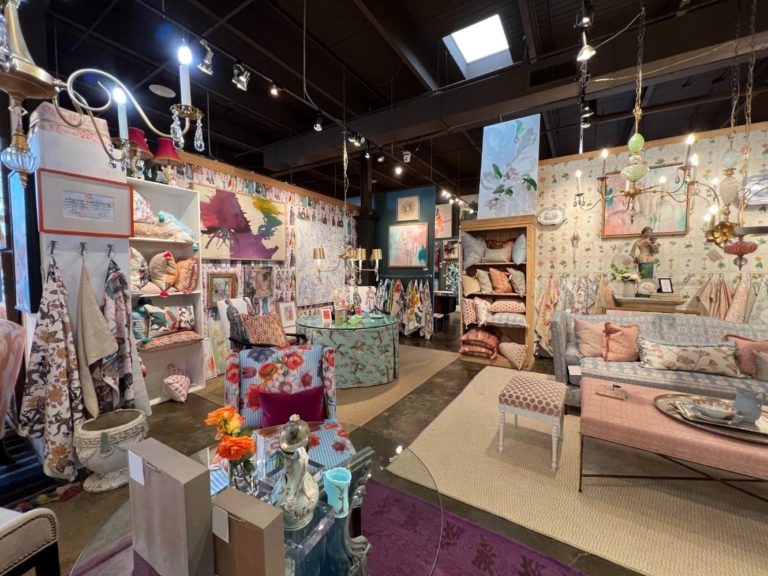
Room Dimensions
The size of your rug should match the room itself as well as the use of that space.
Read more about how to play with size and scale in your home.
Here are size-specific guidelines to help you scale:
- Leave 12–18 inches of floor exposed around the rug in smaller closed rooms.
- In open-concept spaces, use rugs to help zone seating or dining areas.
- For large rooms, use multiple rugs to separate functional zones.
Color
Color is what draws people to a rug first, but selecting the right colors (and, ultimately, the right rug) requires deeper thought!
Rugs can either harmonize with existing color palettes or redefine them.
They also change throughout the day based on lighting, natural and otherwise…
These are some color-conscious ideas to ensure a rug enhances your space:
- Match accent colors in your rug to fabrics or wall art.
- Use the rug to introduce a favorite bold hue if the rest of the space is neutral.
- Consider how the rug looks in morning vs. evening light and with windows closed and open.
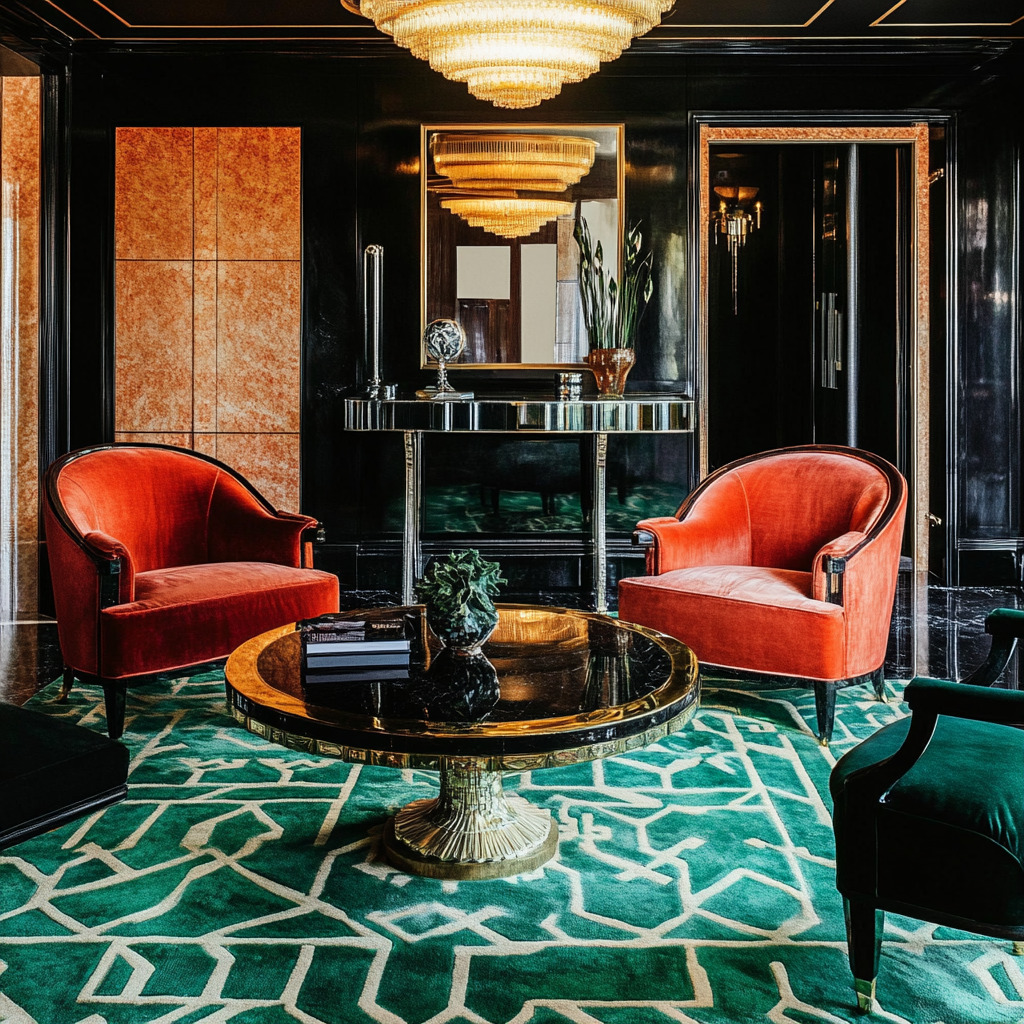
Material Composition
The material of a rug determines how it looks and feels…and it also defines how it performs.
Some rug materials are ultra-luxurious while others are designed for practicality.
Below are material types to consider for your lifestyle and aesthetic goals:
- Wool: warm, durable, and naturally stain-resistant.
- Silk: lustrous and soft, best for low-traffic areas.
- Jute or sisal: textured and earthy, ideal for casual rooms.
- Synthetic (nylon, polyester, viscose): affordable and stain-resistant, but less heirloom-worthy.
- Blends: offer a balance of durability and feel.
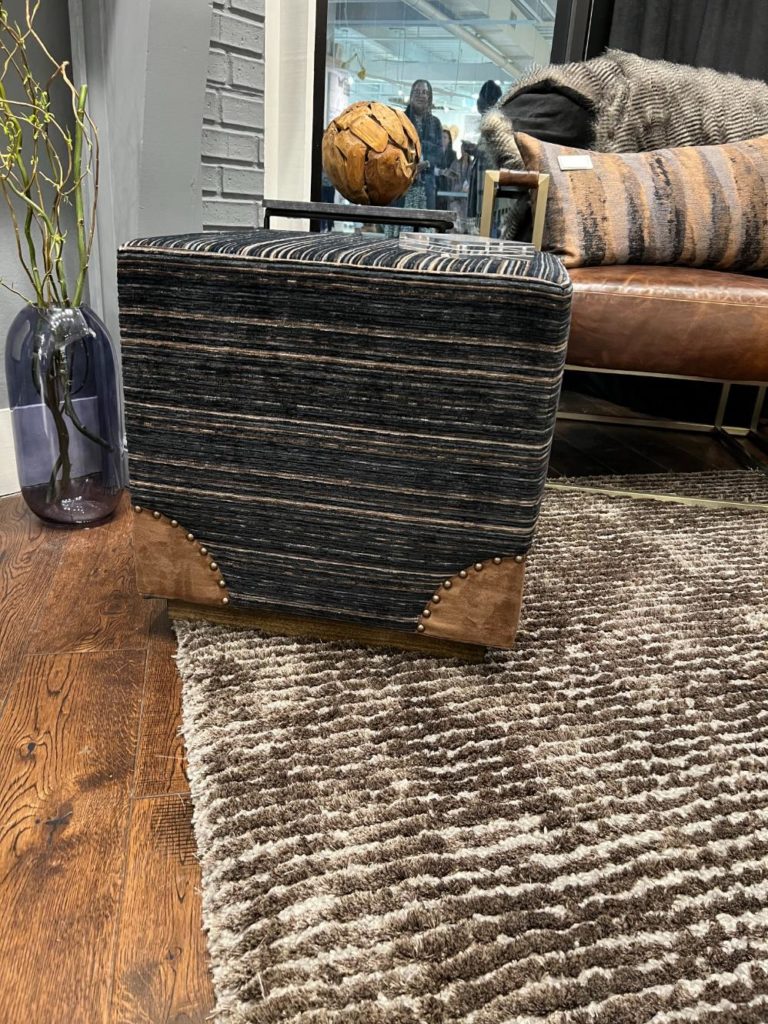
Construction
How a rug is made is as important as what it’s made of. The construction type impacts longevity, the level of luxury, texture, and (of course) price.
Think of rug making as a spectrum of craftsmanship. Hand-knotted rugs are heirlooms, while machine-made rugs provide everyday affordability.
Here’s a quick look at construction types and what they mean:
- Hand-knotted: time-consuming, durable, often investment-worthy.
- Hand-tufted: plush, accessible, shorter lifespan.
- Flatweave: thin, no pile, good for layering and modern spaces.
- Machine-made: efficient, budget-friendly, consistent.
Style and Design
Rugs tell a visual story! Their style can support a room’s narrative or, if you want, they can rewrite it.
Here are some basic styles to help define your aesthetic:
- Traditional: timeless patterns with classic appeal.
- Transitional: merges old and new for broad versatility.
- Modern: minimal, abstract, or bold geometry.
- Artisan/Cultural: one-of-a-kind or globally inspired pieces.
Read more about defining your interior design style.
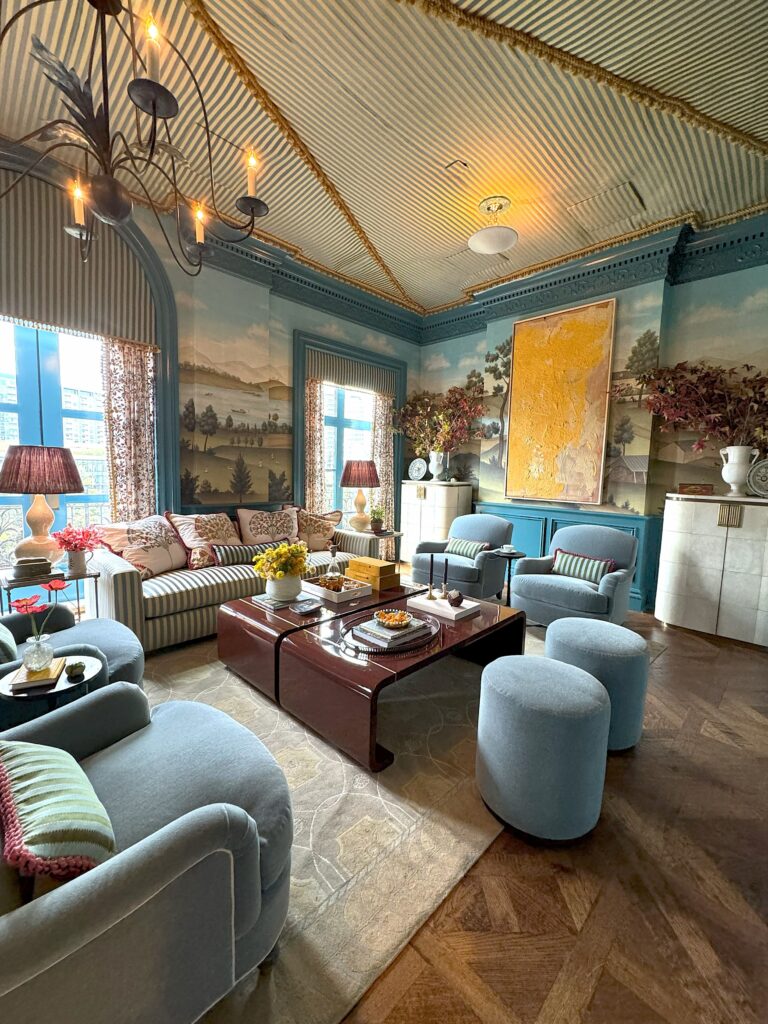
Maintenance and Care
Luxury does not mean high-maintenance has to follow!! In fact, sometimes, defining luxury means defining the lifestyle-appropriate selections that match what you really want in your home (or not).
Therefore…know what you’re signing up for before committing to a rug.
Here are care considerations that will save you headaches down the line:
- High-pile or shag rugs need frequent vacuuming.
- Silk and viscose rugs often require professional cleaning.
- Consider stain-resistant options for homes with pets or children.
- UV exposure fades some dyes faster than others.
Rug Padding and Underlayment
It’s not glamorous, but what’s under your rug matters more than you think!! A rug pad can change how the rug feels AND performs.
These rug pad benefits show why adding underlayment is a non-negotiable in high-end homes like those we work in around Keller, Texas:
- Prevents slipping and enhances safety.
- Preserves the rug’s shape and condition.
- Adds sound absorption and underfoot cushioning.
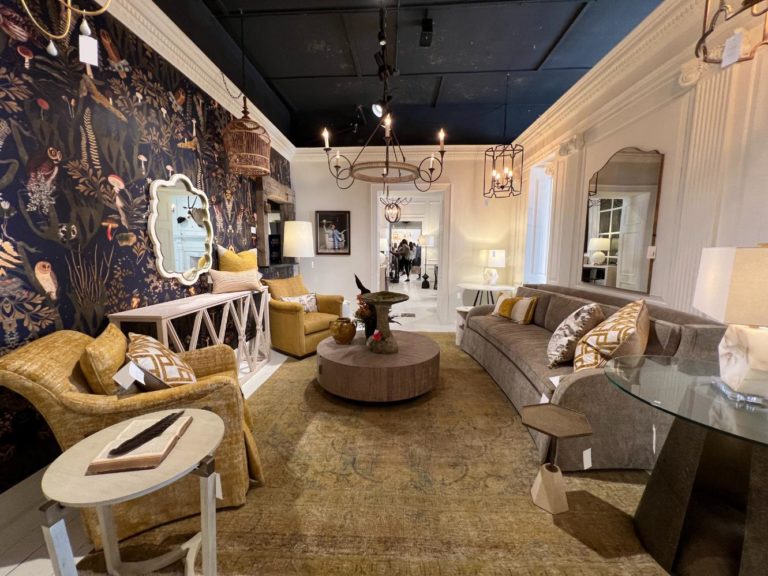
Investment Value
Some rugs are also assets! If longevity or resale matters to you, then you should select rugs as you would furniture or art.
Think about these value-adding details when making your selection:
- Hand-knotted or antique rugs sometimes appreciate over time.
- Origin matters! Persian, Turkish, or Tibetan rugs carry prestige.
- Limited editions or signed artisan rugs can be collectible.
Lifestyle Fit
A rug can be beautiful yet STILL be wrong for your lifestyle!
Ask yourself these rug/lifestyle fit questions before making your selection:
- Does the rug reflect your taste or home story?
- Will kids or pets use this space heavily?
- Do you walk barefoot often or entertain frequently?

Relationship with Adjacent Rooms
Rugs don’t exist in a vacuum! They need to coordinate with what’s around them, especially in open-concept or high-visibility areas.
Here are design flow tips to think about:
- Maintain a visual flow between rooms with complementary styles.
- Use rugs to differentiate zones in an open layout.
- Consider consistency across levels or wings of your home.
Longevity and Timelessness
Trends come and go, but a smart rug selection lasts through style shifts AND room makeovers. Think beyond the present!!
Use long-term thinking strategies to choose a rug that lasts, like:
- Avoid ultra-trendy patterns unless easily swappable.
- Choose colors and materials with staying power.
- Ask: can it be repurposed in another room or rotated seasonally?
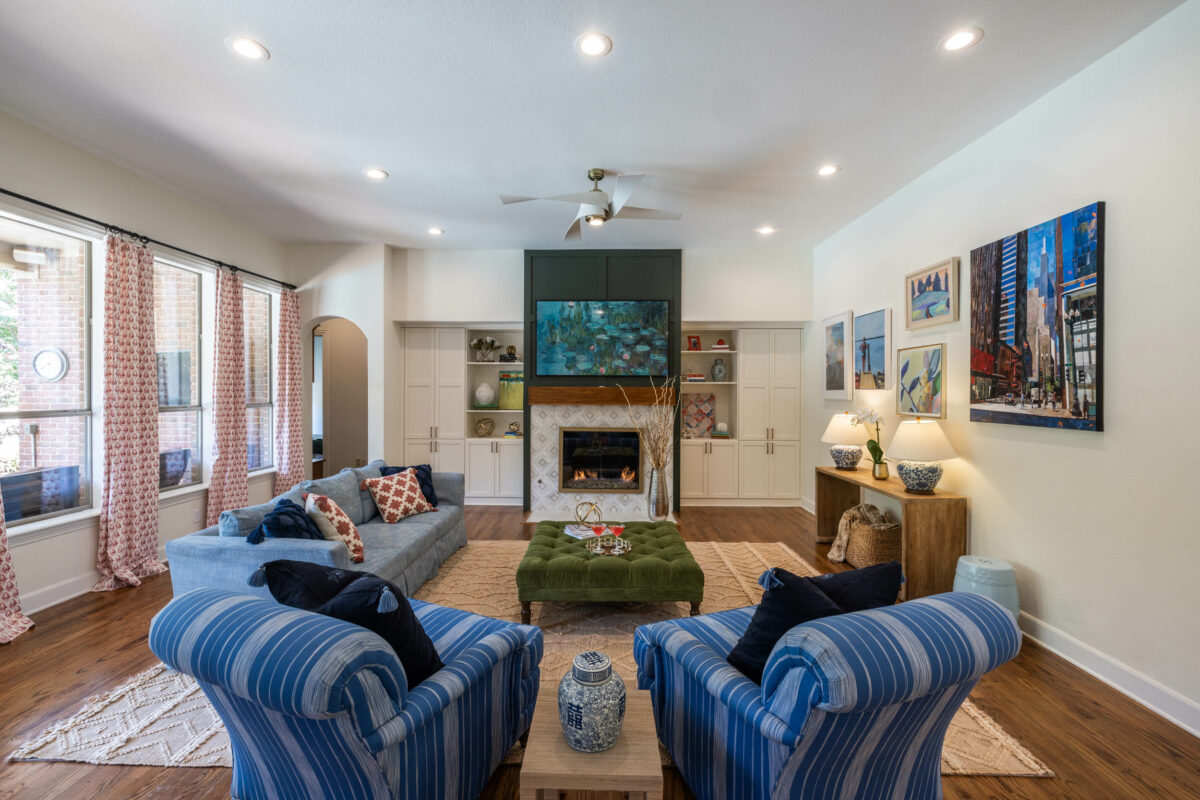
Rug Selection Checklist: Ask Yourself These Questions First
Use these yes/no questions to assess ANY rug you’re eyeing. If too many answers are “No” or “I’m not sure,” it’s a sign you need more clarity…or a better rug! Be sure to ASK the professionals you work with to get the answers you need.
- When I picture the purpose of this space, does this rug enhance that purpose?
- Do I know exactly where I want to place the rug, and can I visualize the whole layout around it?
- Will the furniture near it belong to it, or feel like it’s floating?
- Can this rug be layered beautifully, now or later?
- Does this rug feel too big or too small, or does it feel just right?
- Do the colors in this rug elevate what’s already in the room?
- Will this material feel good underfoot and survive my lifestyle?
- Does the way this rug was made align with how long I want to keep it?
- Does this rug “wow” me?! Do I feel something when I look at it?
- Will the right rug pad make this feel even better?
- Can I maintain this rug with the time and tools I already have?
- Is there any chance this rug could become more valuable over time?
- Does this rug feel like ME, or who I want to be at home?
- Does the rug “play well” with the rugs and floors in nearby rooms?
- Would I want to keep this rug if I moved it to a different room later?
Rugs are not afterthoughts, they’re foundations. They bring comfort, coherence, color, and character. Get them right, and your whole home sings!
About the author:

Robin Burrill, RID, NCIDQ, ASID, IDS, CAPS, is an award-winning professional kitchen, bath, and interior designer. Robin and her husband, Robert Mathews, have owned Signature Home Services, Inc. for over three decades, establishing a superior in-house team with a widespread reputation for delivering meticulous design to their many repeat clients.
In 2022, the national publication, Kitchen and Bath Design News magazine, named Robin to their Top Innovator list in recognition of her achievements in the field of kitchen and bath design. In 2024, she was named one of the Fall 2024 Market Pros and “tastemakers” by ANDMORE at High Point Market. Also in 2024, Fixr identified her as one of the Top Professional Interior Designers for their nationwide audience. At the start of 2025, she then acted as one of Dallas Market’s “Style Eyes” at Lightovation and Total Home & Gift Market.
Over her extensive career, Robin has been quoted in Architectural Digest and Forbes multiple times; her design work has been featured in top national trade publications; and she has been interviewed for Designers Today magazine’s “Profiles in Design” video series, among others. Widely respected for the depth of her knowledge, Robin is a sought after speaker and judge for many design industry events.
In 2023, Robin designed a bench for Charleston Forge, making her foray into product design. Robin currently serves as a volunteer on the board of the Dallas/Ft. Worth chapter of the Interior Design Society.


